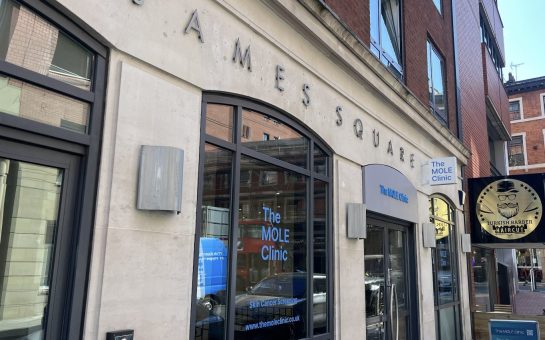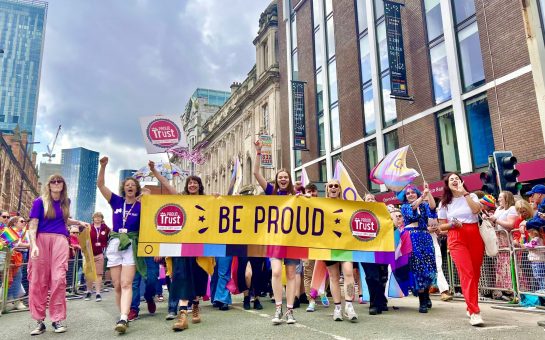It was forty years ago that Oldham Council began the building of the imposing 200ft Civic Centre tower, but not many know the secret of what lies underneath it.
A secret nuclear bunker with a labyrinth of tunnels and rooms buried deep underneath the council offices was built in anticipation for the worst-case scenario should the Cold War have turned nasty.
It is believed just a few select officials including senior councillors and officers, police chiefs, engineers, doctors and communications experts would have had entry into the high-security chambers should the sirens have gone off.
The purpose of the bunker – to keep the borough functioning.
Inside, the old relics remain untouched, including telephones, a communication exchange and boxes of ticker tape should the post-apocalypse survivors be able to make contact with the outside world.
Still lining the tables are dust-covered spare fuses and light bulbs – stocked with the intention of keeping the computers and electrical equipment running in the event of a nuclear winter.
The different-sized chambers, constructed of reinforced concrete and brick were built by designers Cecil Howitt & Partners as part of the overall design for the Civic Centre, which opened in 1977.
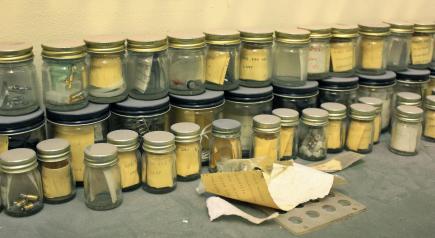
PREPARING FOR NUCLEAR WINTER: Spare parts for the computers remain exactly where they were left
It was the year when Star Wars topped box offices around the world and Abba ruled the airwaves, and the abandoned sinks, desks and chairs give a glimpse of how furniture and design have moved on in the four decades that have followed.
Although the rooms are sadly now just used as storage space, entry to the rooms still bears a gate with the original warning sign, ‘no unauthorised persons allowed beyond this point’.
Councillor Jim McMahon, Leader of Oldham Council said: “I think it’s fair to say not many of our residents, and also those who have visited the Civic Centre over the years, realise there is a bunker underneath the building.”
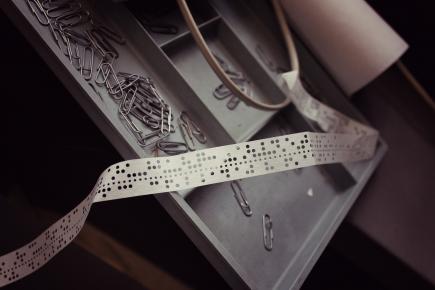
‘THE OLD RELICS REMAIN UNTOUCHED’: Telex tape would have been used to make contact with the outside world
“It is quite strange and shocking to think that if the bomb would have been dropped this is where some of the survivors would have ended up, effectively being entrusted to help run what was left of the country,” Councillor McMahon said.
“Thankfully the bunker never had to be used but hopefully these images will give people a look at what it would have been like living and working underground.”
Documents released last year by the National Archives revealed a ‘top secret’ list of ‘probable nuclear targets’ drawn up in the early 1970s by the government.
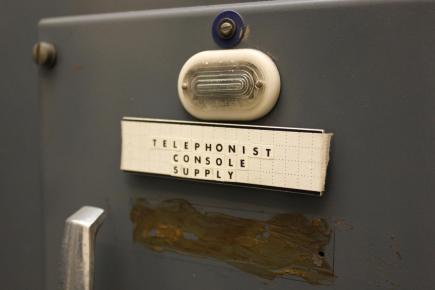
MANCHESTER ANNIHILATED: A secret report released last year revealed the city was named by the government as one of the USSR’s ‘probable targets’
Compiled by military commanders, the intelligence services and the Cabinet Office under Prime Minister Edward Heath’s direction, the list was an estimate of the locations likely to come under nuclear attack by the Soviet Union.
While London was expected to be annihilated by two to four bombs of up to five megatons each exploding over the city, experts predicted Manchester would be in line for one or two ‘airbursts’ 333 times more powerful than the 1945 US nuclear bomb which flattened Hiroshima, killing 140,000 people.
In response to the threat produced by the tensions with the USSR, the UK government ordered the construction of thousands of underground complexes like Oldham’s. Since then, many have been decommissioned, have found different uses or been sold off.
Images courtesy of Oldham Council, with thanks

